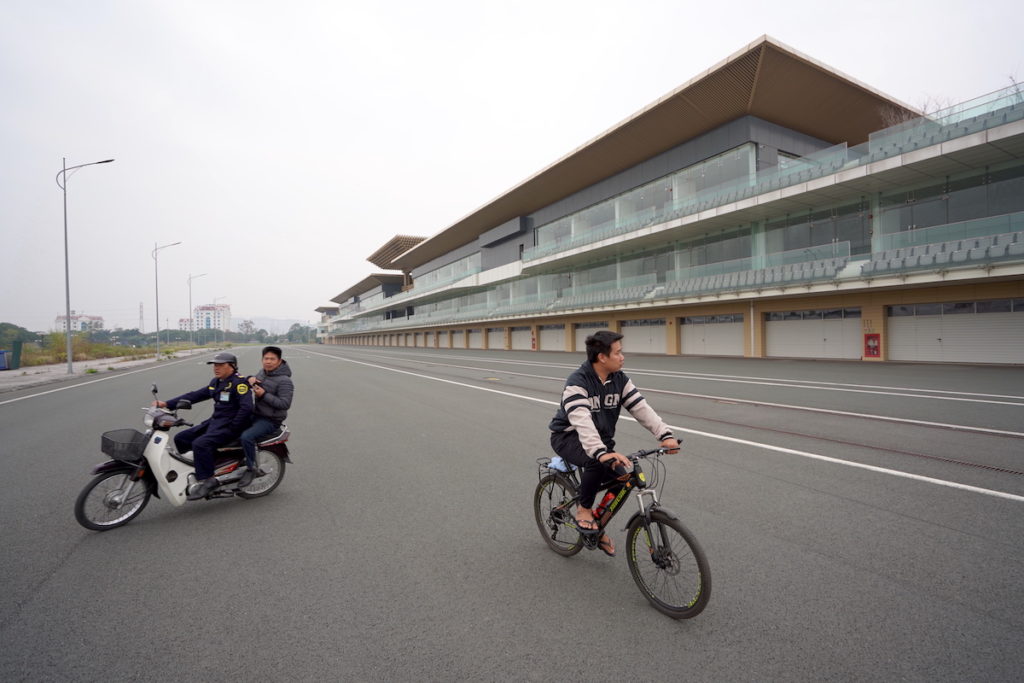
Almost three years since the cancellation of the Vietnamese Grand Prix, our Editor visits the Hanoi Street Circuit and explains why the race is unlikely to be revived any time soon.
- Images © F1Destinations.com
What Happened to the Vietnamese Grand Prix?
Built at a reported cost of $600m USD, the Hanoi Street Circuit was set to host the inaugural Formula 1 Vietnam Grand Prix from 2020 as part of a ten-year deal announced by Formula 1 in late 2018. The idea of bringing Formula 1 to Vietnam, a strategically important Asian country with a population of 100 million, was initially discussed during Bernie Ecclestone’s reign, but finally realized as the first race deal signed by the sport’s new owners, Liberty Media. The deal had come together with support from the mayor of Hanoi and funding from Vietnamese conglomerate VinGroup, who were set to pick up the annual $60m USD hosting fee. With a big presence in Vietnam, Heineken also signed on as the title sponsor of the inaugural event.
The anticlockwise circuit, measuring 5.613km, was designed by Hermann Tilke and completed in February 2020, two months ahead of the planned inaugural race. Similar in concept to another recent F1 track, Sochi Autodrom in Russia, the Hanoi Street Circuit was laid out on public roads with a permanent section of the circuit housing the main pits complex.
Sadly, the Vietnamese Grand Prix was one of the first victims of the emerging global coronavirus pandemic in early 2020. The race was initially postponed just three weeks before the cars were set to hit the track, and later cancelled. It has not been included on the F1 calendar in the three seasons since. Until recently, the only action to have taken place on the Hanoi circuit was virtual, after the track was included in the F1 2020 video game!
Soon after the initial cancellation of the first race in Hanoi, the downfall of Hanoi mayor Nguyen Duc Chung was cited as a key reason as to why the race would not be joining the F1 calendar any time soon. Nguyen Duc Chung, who was arrested and later jailed on unrelated corruption charges, had been a key supporter of the Formula 1 project. It has since been reported that further corruption charges may be laid against the former mayor related to contracts awarded to VinGroup, the promoter of the ill-fated race. The authorities in Vietnam even went as far as ordering local publishers to remove F1 sections from their websites and to keep reporting on the sport to a minimum. In this context, it seems unlikely that the idea of hosting the Vietnamese Grand Prix will be revived any time soon.
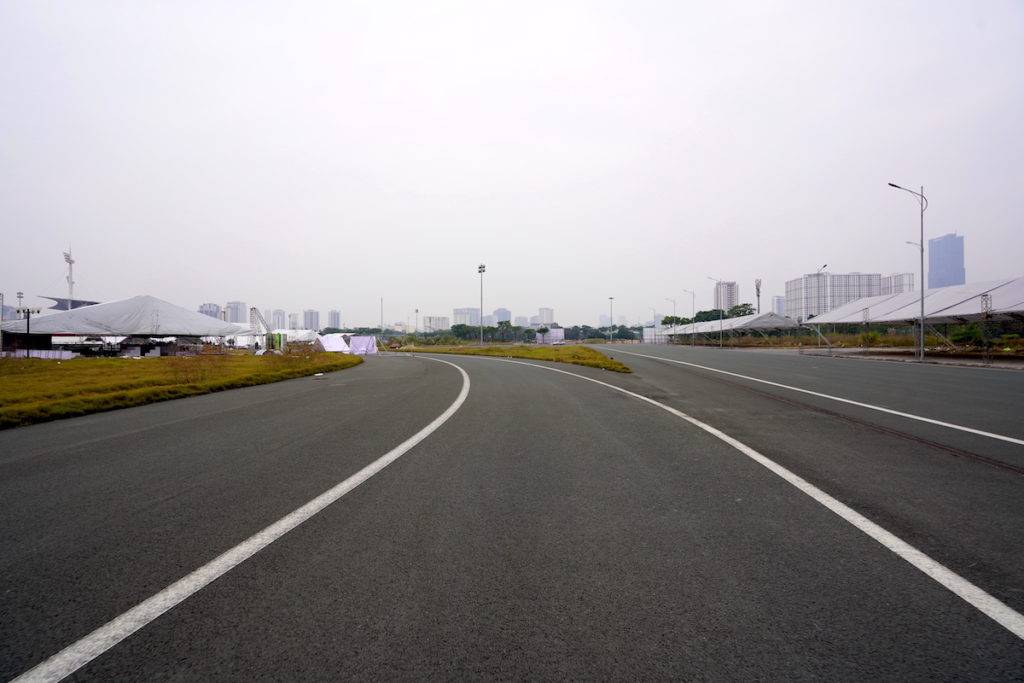
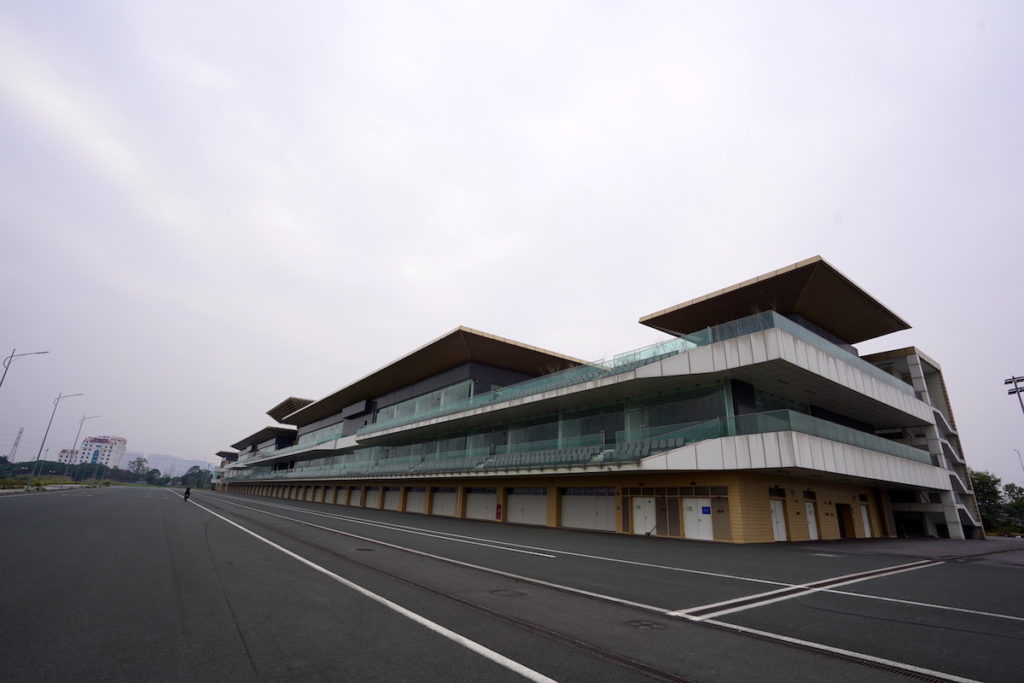
A Visit to Hanoi Street Circuit
Visiting Hanoi with my family as part of a two-week holiday in Vietnam, I decided to take a look at the circuit that was so close to hosting Formula 1. From the center of Hanoi, the taxi ride took around 45 minutes. I hopped out next to the My Dinh National Stadium, which has 40,000 seats and is home to Vietnam’s national football team. New apartment buildings and hotels were under construction in an area of the city that seems to be growing rapidly. With winter approaching in Hanoi, the weather was overcast and cool.
I had expected that the permanent section of the circuit, where the impressive pit building is located, would be off limits. Technically, it was. I walked through a guarded checkpoint, but the guard in question didn’t seem to be doing his job very well as he didn’t notice me and my rather large camera! Nearby, scores of workers were setting up tents for a trade show. I walked down the start/finish straight and was already opposite the impressive pits building before finally being stopped by a security guard on a bicycle, who called over some more guards on a motorbike. All of them made it very clear that I was not allowed to be there and had to leave.

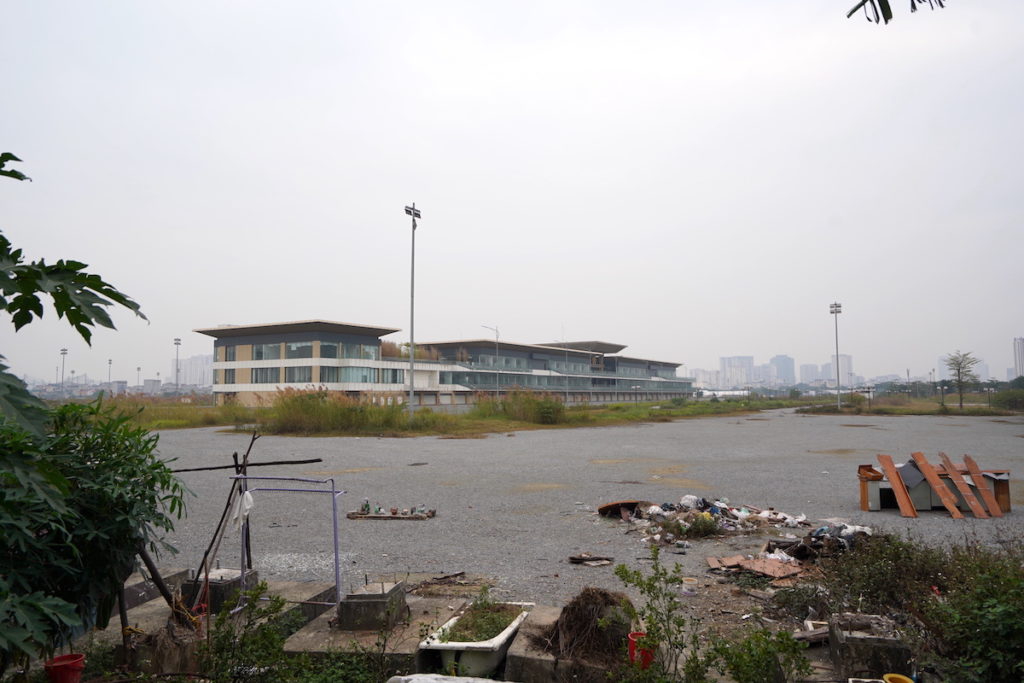
I spent another hour walking around the perimeter of the circuit; the multi-lane public roads that were to form part of the circuit were busy with cars and scooters, and a few local businesses even had F1-themed names, but there weren’t many other reminders of the still-born project. The temporary grandstands, hospitality suites, TecPro barriers and other infrastructure that had been erected for the race in 2020 had long since been dismantled, and largely sold off.
Walking around the southwest corner of the circuit, I did have one more opportunity to get a closer look at the pit building. On a street lined with light industrial businesses and shoddily constructed buildings next to a waste treatment plant, I was invited to enter the grounds by some locals. But having already incurred the wrath of the security guards, I decided to quit while I was ahead and head back to the center of Hanoi.
I was surprised to learn that just a few weeks after my visit, Hanoi Street Circuit staged a racing event for the first time. On a shortened version of the original circuit, Honda Vietnam hosted several motorbike races as part of its Honda Thanks Day new year’s celebration.
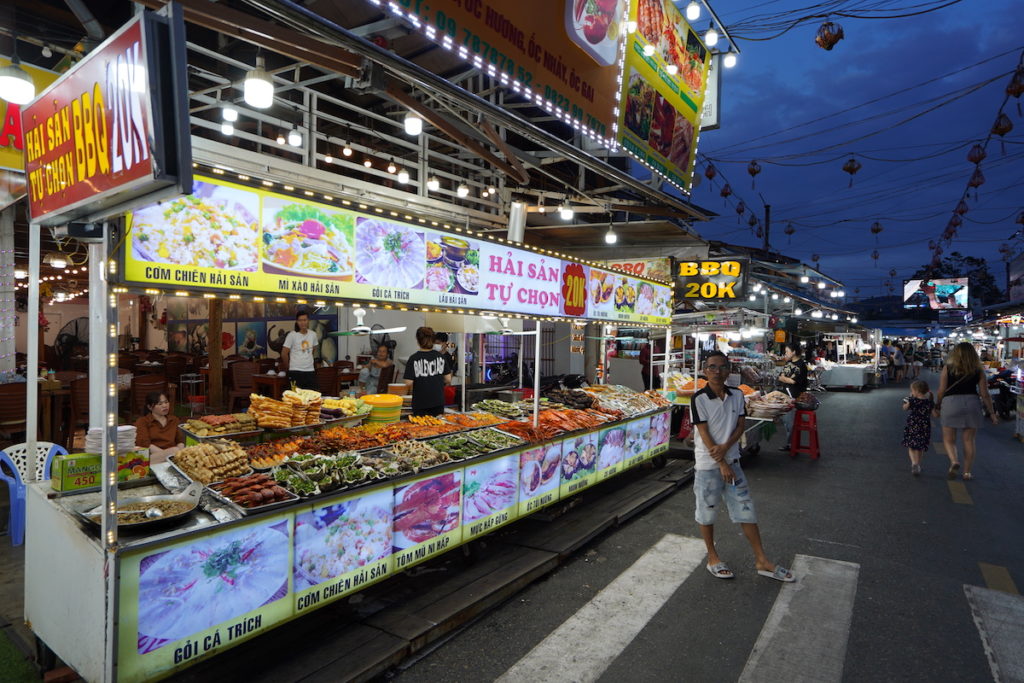
Is it Worth Visiting Vietnam?
Absolutely. Despite having produced a detailed travel guide for the ill-fated Vietnamese Grand Prix, I’d never visited the country. Together with my wife and daughter, we spent almost two weeks in Vietnam last December. After a few days in Hanoi, we visited Hội An, Phú Quốc island and Hồ Chí Minh. Everything was really affordable, including several domestic flights with VietJet Air, which were on time and painless.

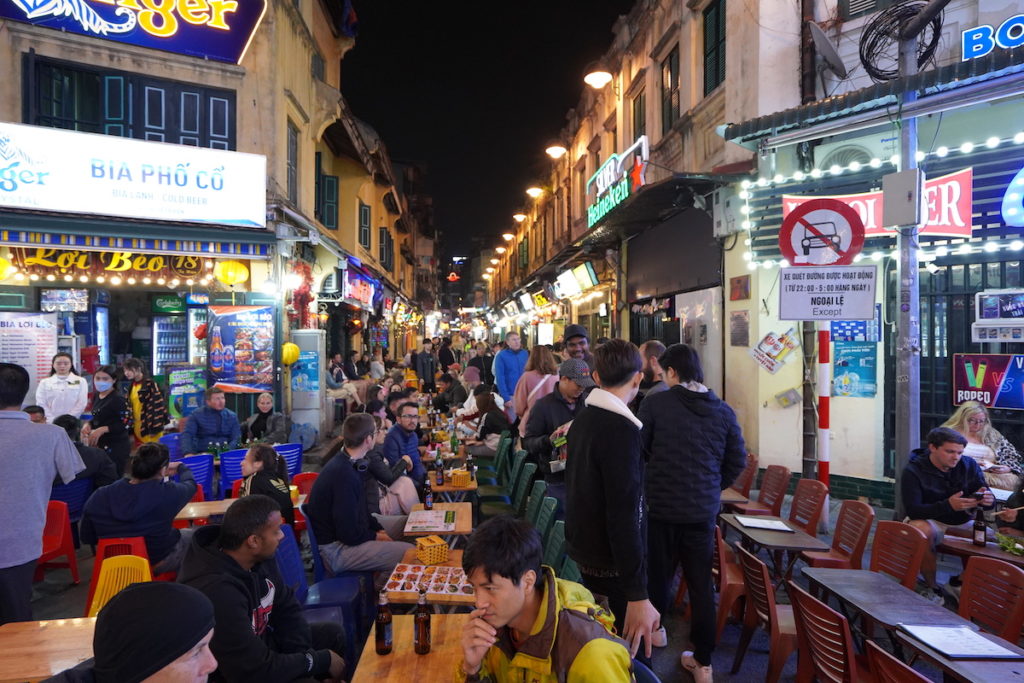
Highlights included the beautiful river city of Hội An, a relaxing five days by the beach on Phú Quốc island (Salinda Resort was exceptional) and sightseeing in Hồ Chí Minh, which we much preferred to Hanoi. The food was affordable and really tasty, and the people friendly and very welcoming. Getting a visa in advance was relatively painless; we obtained ours via the official government e-visa portal at a cost of $25 USD each.


